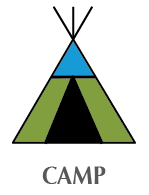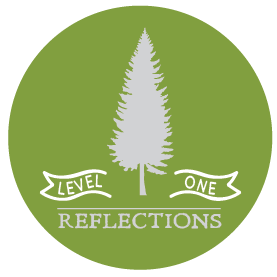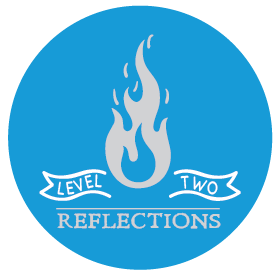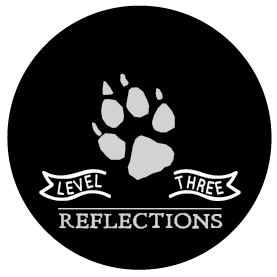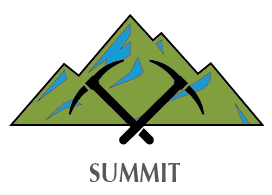INTRODUCTION
We write in here to write out there.
Our writing program seeks to empower students to claim themselves as writers. We want our writers to better their craft and be successful communicators with a firm awareness of the many ethoses in which they write. We share a common vision for classroom communities focused on discussion about student writing, classrooms that privilege our students’ voices and their needs, classrooms where our students are challenged and supported.
Course Catalog Description: WRTG 111x is an introduction to writing strategies and processes for reading and responding to rhetorical situations across a variety of public and academic contexts.
COURSE SPECIFIC LEARNING OUTCOMES
– Reading: Students will be able to interpret the meaning of a text based on its features, context, design, and relationship to other texts.
– Writing: Students will be able to respond purposefully to specific rhetorical situations.
– Thinking: Students will be able to establish credibility and persuasive power for an audience.
– Community Mindedness: Students will be able to understand their identity within the communities they are part of and how their own knowledge and writing contributes to that community.
– Instructor Specific Outcome: Each instructor should designate an outcome specific to their own course.
WRTG 111x COURSE STRUCTURE
Our WRTG 111x curriculum has to main facets: challenges and a collaborative research project.
The series of challenges chosen by the instructor make up a minimum of the first six weeks of the semester. Literally, every week our students are challenged to create a new piece of writing. Each week builds on the last week, pushing for greater, dizzying heights! To find challenges that already exist, click here, or visit ‘For Guides’ and click ‘Trail Levels.’
Additionally, our curriculum is structured to allow teachers to devote significant time and energy to constant feedback for their students. The challenge structure allows for students to respond to each other’s writing weekly and to hear from the teacher about their writing weekly. It ensures students will see their peers as colleagues, creators, and models. In this way, all 111X classes embrace a fast-paced core conversation about writing. All students in the writing program are taking a similar journey.
That said, the trails that lead each class to their destination may be different. We know that every classroom is unique and our curriculum allows teachers to choose those challenges that best fit their students while still ensuring that our core values are shared across all 111X. The teacher becomes the DJ of the classroom rather than the songwriter; she chooses from a large selection those songs to keep the party rolling.
Keep reading to learn the nitty-gritty details of the WRTG 111x Course Structure.
Challenges
Every hike is a challenge – usually one hikes up a mountain, but that’s only half of the journey. The second part of the challenge is the hike out, when one reflects on the journey up.
Challenges are weekly 500 word writing assignments that push students to take risks and explore ethos across different contexts. Challenges, in every case, must be something you can’t wait to read. There are two different kinds of challenges.
– Exploratory Challenge: Generally, exploratory challenges come first— an exploratory challenge is the trail leading up the mountain. It’s a challenge that asks students to directly interact with a situation and notice specific possibilities within that situation. Students aren’t yet drawing firm conclusions in these challenges — they are generating questions, insights, perplexities, etc. This challenge reflects our belief that in order to be critical, you must notice options and relationships. The exploratory challenge emphasizes Deweyan observation and analysis.
– Community Challenge: A community challenge is the hike out — following the trail back down the mountain. Generally, a community challenge follows an exploratory challenge, and asks students to select evidence from peer writing. Many challenges ask students to link to their observations of their peers’ work to larger writing conversations, and/or web-based research, and/or to critique, compare, contrast different perspectives. While the exploratory challenges ask students to observe and analyze, the community challenges continue the sequence, prompting them to synthesize many approaches into a single focus. Each challenge encourages them to notice why they might choose their synthesis and how it reflects a developing ethos of the situtation. Community challenges ask students to examine their individual ethos in a given situation, the ethos of their peers, the class ethos, and larger ethoses within writing conversations.
Challenge Levels
We have three levels of challenge cycles, corresponding to six weeks of the course. Each challenge begins with the trail up — an exploratory challenge — and the next week is followed with the trail back down — a community challenge
– LEVEL 1: challenges are personal narratives drawing on a performative ethos
– LEVEL 2: challenges are intellectual investigations of a shared hermeneutic ethos
– LEVEL 3: challenges are rhetorical applications of a situated ethos
Click Here To View Various Level 1, 2, & 3 Challenges
Collaborative Research Project
Our curriculum is designed not only to guide students in using peer reviewed academic research, but to foster learning through community and collaboration. The research project isn’t your typical research-a-topic-and-write-about-it-with-sources paper. It is a collaborative group project where students synthesize information to create something new.
Instructors can create a collaborative research project tailored to the needs, themes, or interests of the class. Below are some examples of unique collaborative research projects that have been used.
